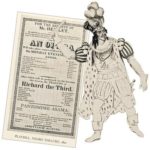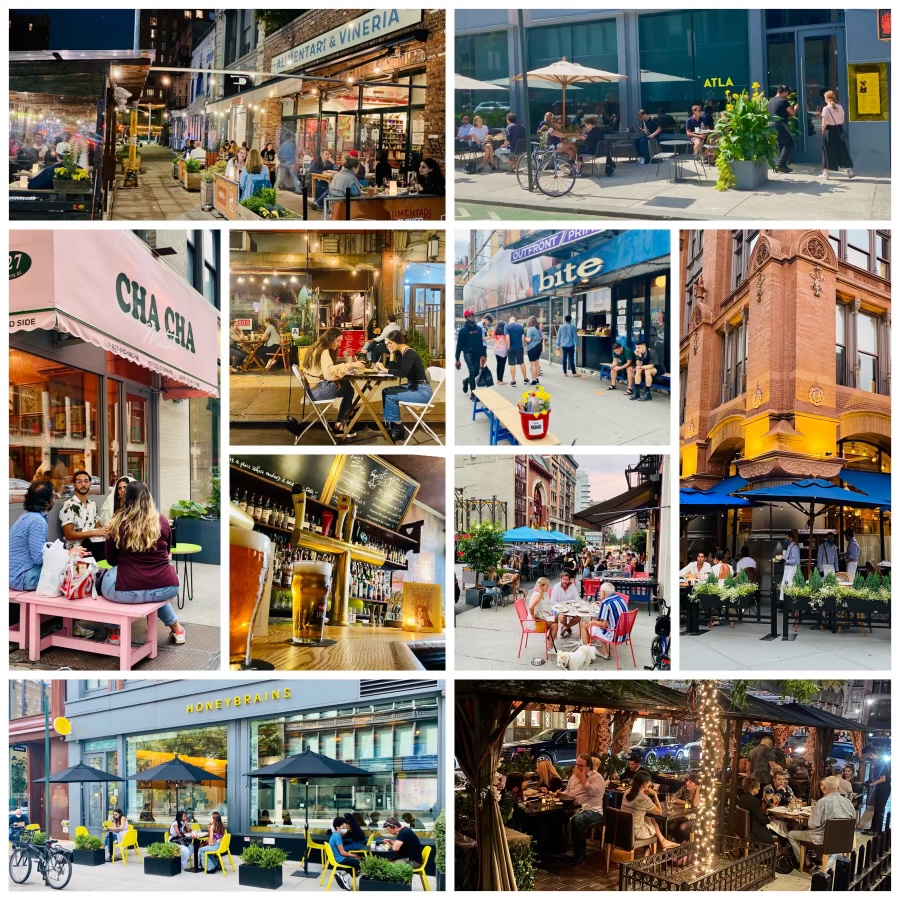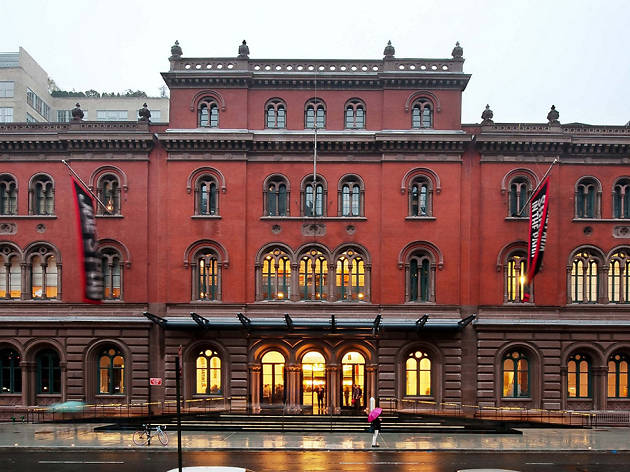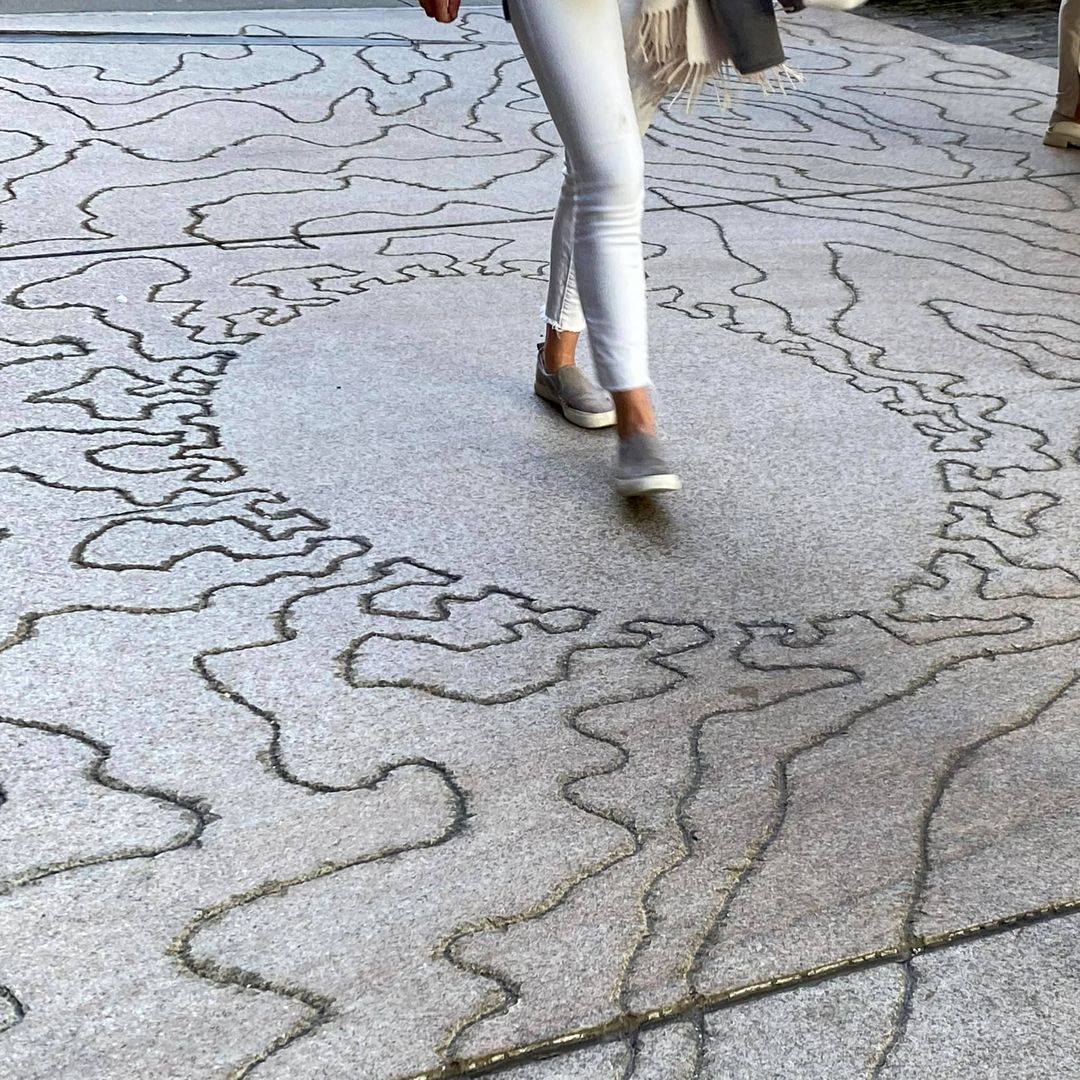
At the beginning of the nineteenth century, New York City was much smaller than the City we now know, and what would later become NoHo was on the far edge of town. It was an area filled with well-known, large pleasure gardens, leisure spaces, and other places to escape the hustle and bustle of the burgeoning metropolis. At the time, New York City was home to a large population of both enslaved and free Black people, collectively numbering in the tens of thousands.
The vast majority of these facilities were not open to Black people at all, and around 1814 William Brown and James Hewlett, two Black New Yorkers, created the African Grove Theatre. Originally located in what’s now Tribeca the first Black-operated theatre in NYC, and among the oldest in the country. It was an instant success, and allowed all New Yorkers, regardless of race, to see renowned plays and pieces. Particularly known for Shakespearian works, the African Grove also fostered a uniquely creative environment. Any given weekend might bring original poems, classic and contemporary shows, musicians, and more – all alongside fine tea and refreshments.
The meteoric rise led the owners to quickly seek an a new, larger home, and in 1821 they settled in an expansive space near what is now Houston and Mercer Streets, and spent several years bouncing around what’s now NoHo and the South Village. Concurrently, New York City was rapidly expanding uptown, and within a couple of years NoHo was home to some of the poshest residences in the City, centered around Bond Street. Facing harrassement and prejuidice from the new, wealthy white residents the theatre again relocated to the countryside in 1823, near what’s now 14th Street.
Unfortunately, this move would be the Company’s last. Not long after the move, a cholera pandemic ravaged New York, and made patrons leery of attending the City’s many leisure facilities. Moreover, personal financial trouble was plaguing William Brown. Ultimately the theatre closed a little over a decade after it began. However it’s legacy is incredibly important. As one of, if not the first Black theatres in the country, they created a space for a generation of entertainers, creatives, and thinkers to hone their craft. It also launched James Hewlett’s (shown in the picture) career into stardom, and he is widely considered the first professional Black actor in America.
It was home to some of the first non-racist depictions of Black people in theatre, and explicitly worked against depictions like slavery. In fact, William Brown wrote and first produced The Drama of King Shotaway, the first Black-written drama in the country, at the African Grove Theatre. Today no physical reminders of the site exist anywhere in New York City, but the foundation it laid for Black theatre in the country was felt for generations to come, and the legacy of William Brown and James Hewlett were hugely influential in the City and nation’s burgeoning Black population.
In today’s day and age, NoHo’s tradition of Black theatre continues on. Notably, Hamilton, which features an almost entirely Black cast, got its start in NoHo’s own Public Theatre.




